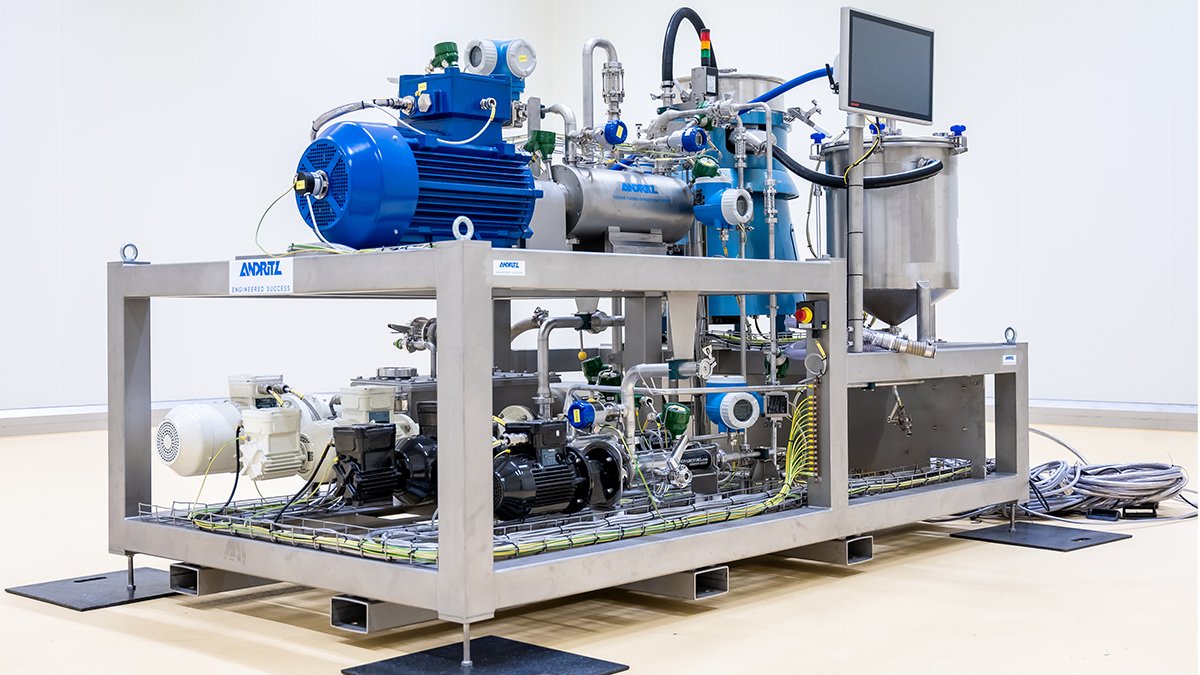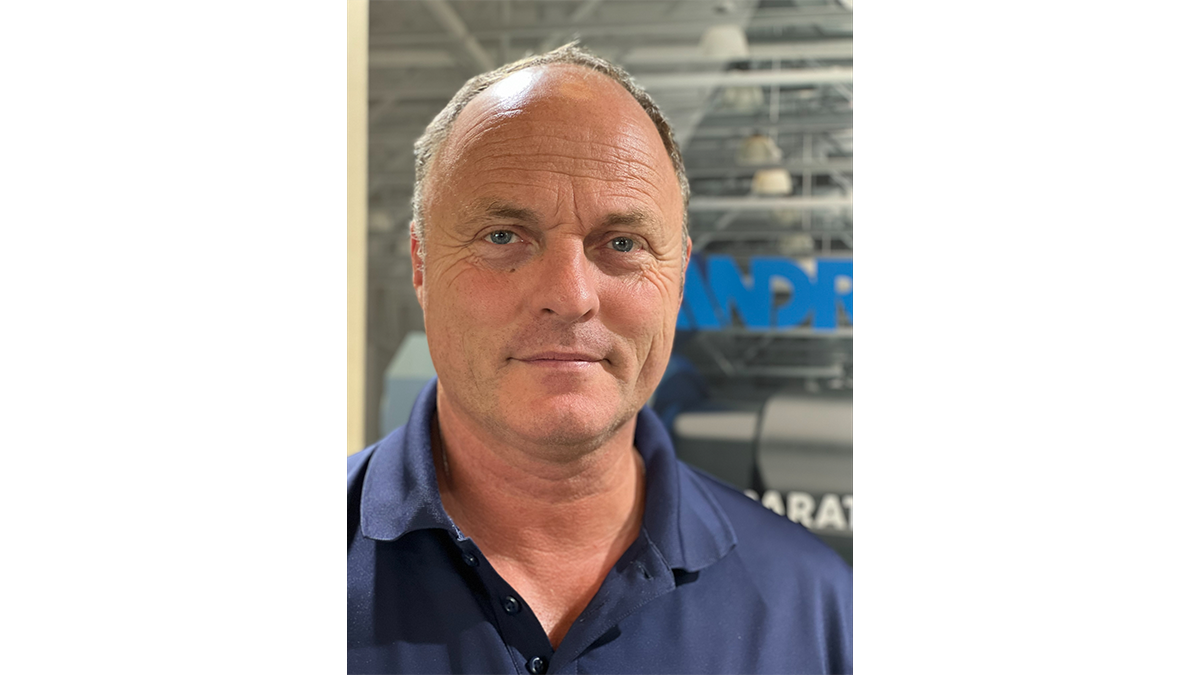We can get significantly more out of raw materials
Mr Wünsche, what potential does the use of modern extraction technologies offer the food industry?
Thomas Wünsche: Our extraction processes enable us to utilise even those parts of plants that were previously considered inedible. Just because a natural product appears unsuitable for human consumption does not mean that its molecular components have no nutritional value. Let's take the leaves of a maple tree as an example. Of course, we don't eat them directly – but chemically speaking, they contain proteins, tannins, flavonoids, minerals and cellulose, which are all valuable ingredients.
Could such previously unused parts of plants therefore play a greater role in food security in the future?
I'm convinced that in 20 to 30 years, every form of plant or biological mass will have to be completely recycled. Given global population growth and the simultaneous decline in agricultural land, we simply cannot afford to throw away or compost potentially usable biomass.
With Turbex, Andritz has developed an extractor for producing functional nutrients from plant-based raw materials and side streams. The system was awarded the International FoodTec Award in Gold at Anuga FoodTec 2024. What ingredients can be extracted with Turbex?
There are virtually no limits to what the Turbex can do. A wide variety of plant substances can be extracted – for example, from leaves, flowers, roots or bark. The prerequisite is that the material is fine enough, i.e. crushed to less than two millimetres. Depending on the extraction agent used, the line can specifically extract ingredients such as aromas, flavours or proteins. And that's exactly what's needed for food, beverages or cosmetic products.
How is it possible to preserve the integrity of nutrients during the extraction process?
The major advantage of our system lies in its particularly gentle yet highly efficient extraction process. Instead of extracting for hours at high temperatures, Turbex works at only 30 to 40 degrees Celsius in less than 90 seconds – and without contact with air. This protects sensitive ingredients such as polyphenols, which remain significantly more active and effective as a result. Not only are more target molecules extracted from the matrix, but the quality of the extracts is also demonstrably higher and their taste and smell more authentic than with other methods.

Mobile Turbex-Anlage von Andritz. Copyright:© Andritz
What technological features ensure high efficiency?
What technological features ensure high efficiency?
Our technology uses the countercurrent principle and generates up to 100,000 cavitation pulses per minute through powerful rotations. This allows significantly more to be extracted from the raw materials. Many of our customers report up to 25 percent higher yields. In certain applications, such as the extraction of caffeine from tea leaves, the yield was even more than three times higher than with conventional methods.
In solid-liquid extraction, ingredients are extracted from solid plant material using a solvent – how efficient is this process?
Turbex requires only a very small amount of liquid to extract the valuable ingredients from plant material. The process typically operates at a ratio of 8:1, whereas conventional processes often require ratios of 12:1 to 20:1. This means that significantly less water needs to be evaporated afterwards to achieve the desired extract concentration, considerably reducing energy consumption.
Which side streams from the food and beverage industry do you currently see as promising?
We are seeing strong demand for better utilisation of waste materials such as citrus peel, for example to extract fruit oils and flavours. Another example is larger brewery groups that are interested in polyphenols in spent grain from beer, mainly p-coumaric acid and folic acid, which remain in the husks. In general, polyphenols are highly sought after for their antioxidant and health-promoting effects, especially in teas, dietary supplements and functional beverages.
In which countries and projects is Turbex currently being used – and which raw materials are processed there?
Since we launched Turbex on the market two years ago, we have tested and analysed over 100 products under various conditions and with different extraction agents. We're currently implementing projects in Japan, Italy and Turkey. Among other things, oleuropein – the valuable polyphenol in olive oil – is extracted from olive leaves, where it occurs in particularly high concentrations. Other customers extract tannin from oak bark or chestnut shells – a key flavouring agent in red wine and other beverages.
The transition from the laboratory to an industrial scale is a particular challenge for food manufacturers. How do you support producers in scaling up?
Andritz employs a strong team of process experts and food chemists whose expertise lies in the field of extraction. There, we bring together considerable expertise from almost all areas. Our research results in this technology are based on 15 to 20 years of experience. We support this process and eliminate any remaining challenges with our Food Innovation Xperience Center in the Netherlands. Only when a process has been successfully completed there will it be scaled up to an industrial level.
How do you see the market for functional nutrients developing over the next five to ten years?
The trend towards a healthier lifestyle continues. An increasing number of people are placing value on a conscious, sustainable diet that also takes animal welfare and alternative protein sources into account. Younger generations in particular are willing to spend more money on functional drinks and alternative foods with body-positive properties. The number of products offered in retail stores and specialist shops doubles every seven years, while the global market grows by approximately seven percent year after year. The realisation that even young people can lay the foundations for healthy ageing through conscious nutrition is fuelling this trend. As long as the desire for eternal beauty and a healthy, long life persists, this market will continue to grow.




